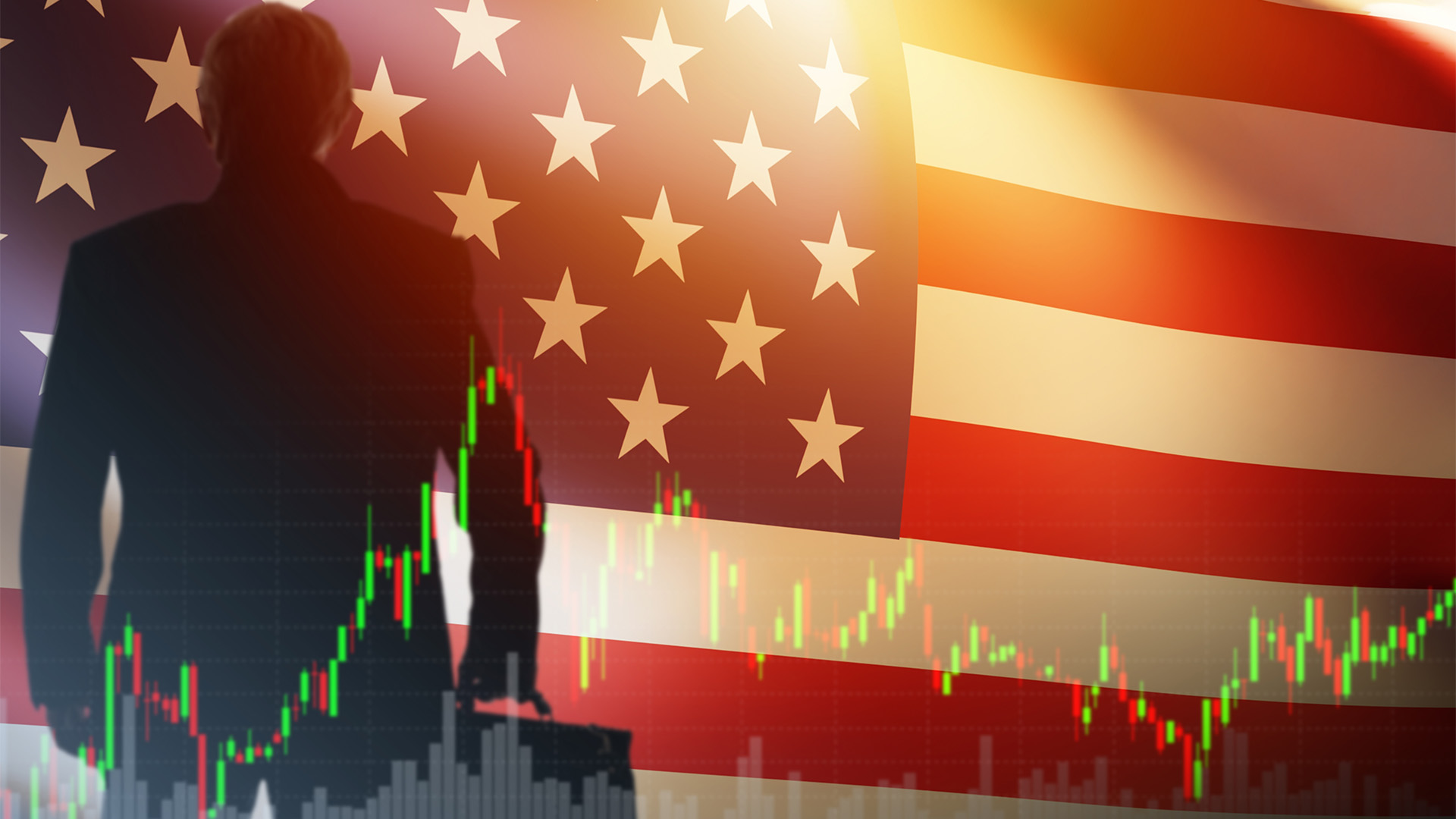Wall Street has finally shaken free of the year-start blues to pick up again on the year-end Fed pivot surge, although not with the same conviction as support for tech stocks, especially those in AI, which helped boost expectations last week.
Wall Street had another strong week as investors returned in force after the month's initial sell-off, realizing that the Fed wouldn't cut rates early.
The S&P 500 ended the week at an all-time record close, up 1.23% to 4,839.81, surpassing both the prior record intraday and closing highs from January 2022.
The Dow, which had set its own record at the end of last year, added 395.19 points, or 1.05%, to end at 37,863.80, while the tech-heavy Nasdaq jumped 1.70% to 15,310.97.
Over the week, the Dow rose 0.72%, the S&P 500 was up 1.17%, and Nasdaq closed 2.26% higher. As a result, all three major market measures moved into positive territory for 2024, as the Dow joined the S&P 500 and Nasdaq in the green on Friday.
Following a 19% loss in 2022, the S&P 500 roared back in 2023, posting a 24% gain as the economy missed a widely forecasted recession, and inflation eased with the Fed clearly in command, setting the agenda for 2024 contrary to those bullish market demands for more rate cuts now.
The Dow jumped 19% last year, but Nasdaq surged 43%, driven by AI stocks such as Nvidia and Microsoft, and by a rebound by Apple.
Friday’s records confirm that Wall Street is now officially in a bull market that began in October 2022, and not just a bounce within a bear market. The S&P 500 is up more than 34% since that low.
US bond yields settled lower on Friday but were higher over the week. After jumping 20 points to 4.15% on Thursday, the yield on the 10-year Treasury note bond eased to end above 4.13%, still up nearly 19 points over the four days (Monday was a holiday).
The US dollar rose against most major currencies.
To underline the lessened enthusiasm for the 'rate cuts now’ thinking among normally rational Wall Street investors and analysts, there was a significant change in the CME Group's Fedwatch tool (which tracks moves in sentiment toward Fed policy changes).
Friday saw the probability of a 25 basis-point cut in March at 48%, versus 77% a week ago, a big change in thinking. Furthermore, the probabilities of a back-to-back reduction of the same magnitude in May and June slid to about a third each from over half last week, meaning equity investors are no longer blindly following the idea of a quick round of rate cuts from the Fed.
Inflation and GDP data for the month of December and the December quarter late this week will set the debate ahead of the first Fed meeting of the year next week.
And how did the Apple – Microsoft race for top dog end up on Friday?
A tie.
After Microsoft moved past Apple (or rather, Apple shares eased faster than Microsoft rose), Friday’s close saw a tie – the first time we have had two giant companies with the same market cap at the top of the list of most valuable companies – $US2.96 trillion each, or more than $A4.8 trillion.
Apple shares rose 1.55% on Friday and 3% for the week, while Microsoft shares were up 1.22% on Friday and 3.4% for the week.
Apple shares are up 3.2% for the year so far, Microsoft shares are up 7.50%. The S&P 500 is up 2.04% so far in 2024.
And finally, take care with the renewed enthusiasm because the coming week will see a big test with major techs, Tesla and Netflix reporting December quarter figures. One or both have the capacity to spring a major surprise – Netflix on subscription figures, Tesla on earnings and costs.














